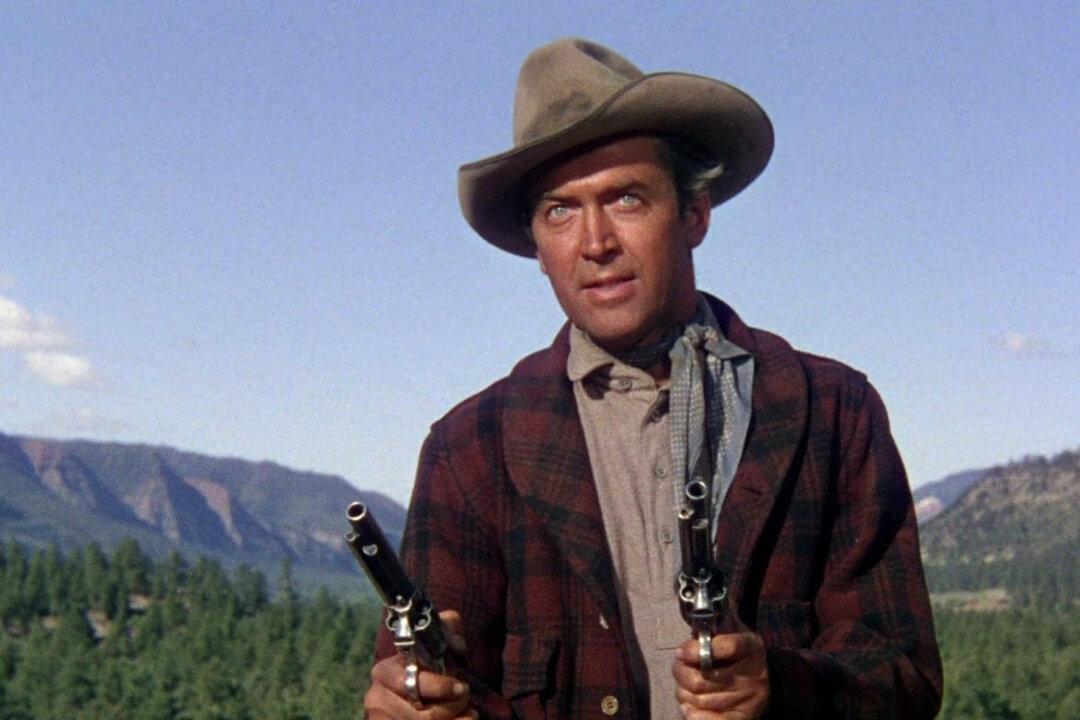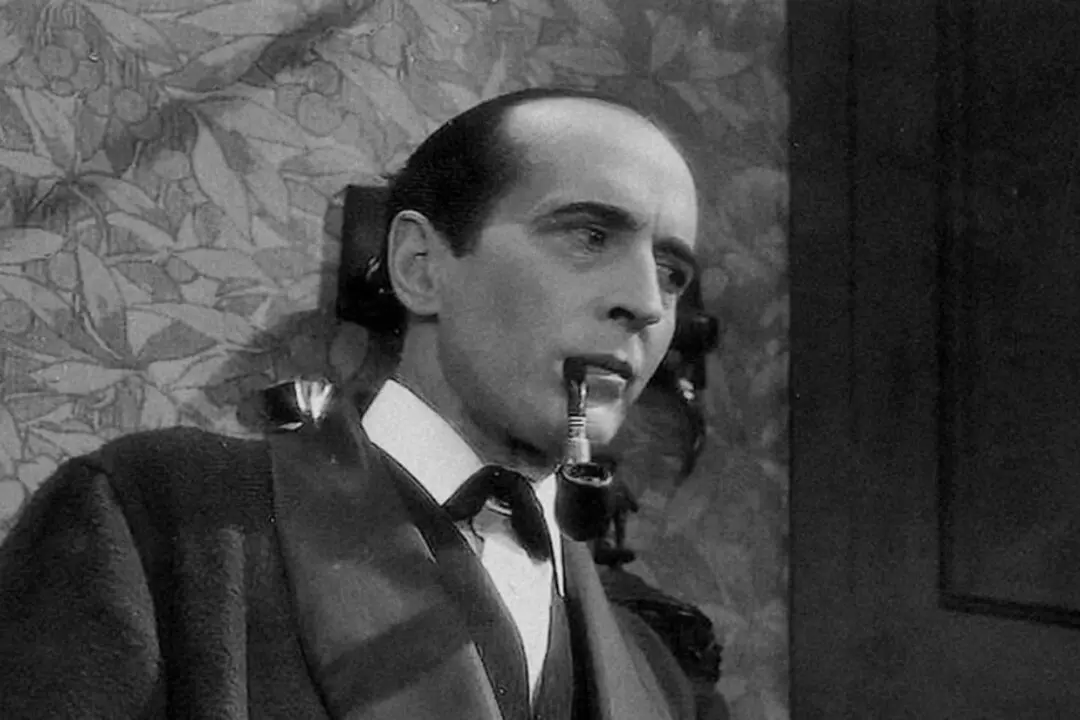NR | 1h 31m | Drama, Thriller, Western | 1953
The pairing of director Anthony Mann and actor James Stewart produced an exemplary slate of movies during the Golden Age of Hollywood, perhaps second only to the collaborations between director John Ford and actor John Wayne.






